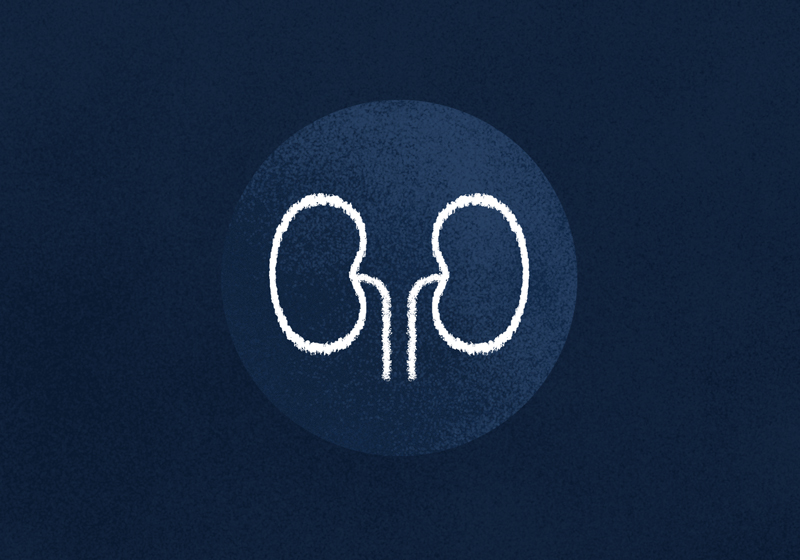Robotic partial nephrectomy

Robotic-assisted partial nephrectomy (RAPN) is an advanced surgical procedure that offers a minimally invasive approach to treating small kidney tumours. Using highly precisional robotic technology, precise removal of the affected kidney tissue allows the preservation of as much healthy kidney function as possible.
Benefits of a robotic approach to partial nephrectomy
- Minimally Invasive: Robotic partial nephrectomy involves 4-5 small incisions, reducing pain and scarring compared to traditional open surgery.
- Kidney Function Preservation: The procedure aims to conserve as much healthy kidney tissue as possible, reducing the risk of kidney function impairment.
- Quick Recovery: Patients typically experience a faster recovery, shorter hospital stay, and more immediate return to daily activities.
- Improved Surgical Precision: Robotic technology enhances visualisation and precise control, allowing for meticulous tumour removal.
- Reduced Blood Loss: The minimally invasive approach leads to minimal blood loss during the surgery.
Technique
During a robotic partial nephrectomy, several small incisions allow access to the kidney. A high-definition camera and robotic arms with specialised instruments are inserted through these incisions. The surgeon controls the robotic system from a console, providing a magnified, 3D view of the kidney. A second assistant surgeon offers extra assistance at the bedside. The affected tissue is carefully removed through one of the small incisions, and the remaining healthy kidney tissue is stitched together, preserving function. The procedure typically takes a few hours under general anaesthesia.
Recovery
Recovery from robotic partial nephrectomy is generally quicker and less painful than traditional open surgery. Patients can expect the following:
- Hospital Stay: Most patients stay as an inpatient for 1-2 days.
- Catheter: There may be a temporary overnight catheter draining your bladder for monitoring purposes
- Drain tube: A small tube will likely come through one of the keyhole incisions to prevent fluid accumulation; this is removed when it stops draining.
- Pain Management: Mild to moderate pain may be experienced and can usually be managed with pain medication.
- Return to Normal Activities: Patients can eat, walk and sit comfortably upon discharge. Most light activities, including driving, can resume in two weeks, and complete activities such as heavy lifting and sports in six weeks.
- Follow-up Care: Regular follow-up appointments are made to monitor kidney function, overall recovery and surveillance if cancer is diagnosed.
Risks and Complications
While robotic partial nephrectomy is a safe procedure, there are some risks and potential complications to be aware of:
- Infection: There is a minimal risk of post-operative infection requiring antibiotics.
- Bleeding: Although rare, excessive bleeding may require a blood transfusion or further surgical intervention.
- Injury to Surrounding Organs: In rare cases, nearby organs like the intestine or blood vessels may be inadvertently injured during the procedure.
- Urine leak: Urine may escape from the cut edge of the kidney, requiring further treatment such as a draining internal stent
- Total nephrectomy: While the goal is to preserve kidney function, there is still a risk the whole kidney is removed due to cancer or bleeding control
- Hernia: Small hernias rarely arise from the keyhole incisions. Avoiding heavy lifting (>3kg) and straining will help prevent this risk.
Dr Kapil Sethi will review your images to determine whether your kidney tumour can be treated by partial nephrectomy. His team will provide personalised guidance and support throughout the process to ensure the best possible outcome.